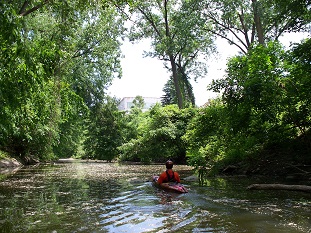 When the news broke that the Great Lakes Restoration Initiative (GLRI) was to be funded at $300 million in the next federal budget, the environmental community couldn't have been happier, especially those of us working in and around the Great Lakes. Great Lakes Echo compiled coastline comparison charts last year, and the resulting information was impressive. For the five Great Lakes, the U.S. coastline is over 4,500 miles long. That's twice the number of miles the U.S. boarders the Atlantic Ocean with and three and a half times the length of our coastline bordering the Pacific (not including Alaska and Hawaii). It's not just the miles that are impressive, but the number of people calling the Great Lakes home. The National Wildlife Federation has estimated that over 35 million people live in the Great Lakes basin within the U.S. and Canada. The Great Lakes are important sources for recreation, drinking water, and irrigation of farmland, as well as irreplaceable habitat for rare, endangered, and otherwise unique wildlife. It's not surprising that so many people call the Great Lakes home, because there's nothing else like it in the world.
When the news broke that the Great Lakes Restoration Initiative (GLRI) was to be funded at $300 million in the next federal budget, the environmental community couldn't have been happier, especially those of us working in and around the Great Lakes. Great Lakes Echo compiled coastline comparison charts last year, and the resulting information was impressive. For the five Great Lakes, the U.S. coastline is over 4,500 miles long. That's twice the number of miles the U.S. boarders the Atlantic Ocean with and three and a half times the length of our coastline bordering the Pacific (not including Alaska and Hawaii). It's not just the miles that are impressive, but the number of people calling the Great Lakes home. The National Wildlife Federation has estimated that over 35 million people live in the Great Lakes basin within the U.S. and Canada. The Great Lakes are important sources for recreation, drinking water, and irrigation of farmland, as well as irreplaceable habitat for rare, endangered, and otherwise unique wildlife. It's not surprising that so many people call the Great Lakes home, because there's nothing else like it in the world.
Partners for Clean Streams was able to implement previous funding from the GLRI for the Camp Miakonda Restoration Project. Without that funding, we wouldn't have been able to excavate over 10,000 cubic yards of sediment from a stagnant lake, protect and create in-stream habitat from over 650 linear feet of Ottawa River stream bank, remediate and create nearly five acres of high quality wetlands, and plant over 26,000 native plants. The restoration at Camp affects the Ottawa River, which flows directly into Lake Erie, the most biologically productive lake of the Great Lakes. The neighboring Maumee River, and icon of Toledo, is the largest river going into any of the Great Lakes. These and other local rivers deserve this type of restoration that is made possible by the GLRI. But GLRI funding doesn't just effect wildlife by restoring or improve habitat, either. It effects people by providing educational opportunities, improves water quality for more recreational uses, and protects the human interest in our coastal environments. These improvements have rippling affects over the economy, human health, crucial ecological stability, and pride in the Great Lakes. Restoring our Great Lakes isn't just about the environment, it's about the people. Not only is funding through the GLRI very helpful for the Great Lakes ecology, but it will impact almost all aspects of life for those that call the Great Lakes home.



